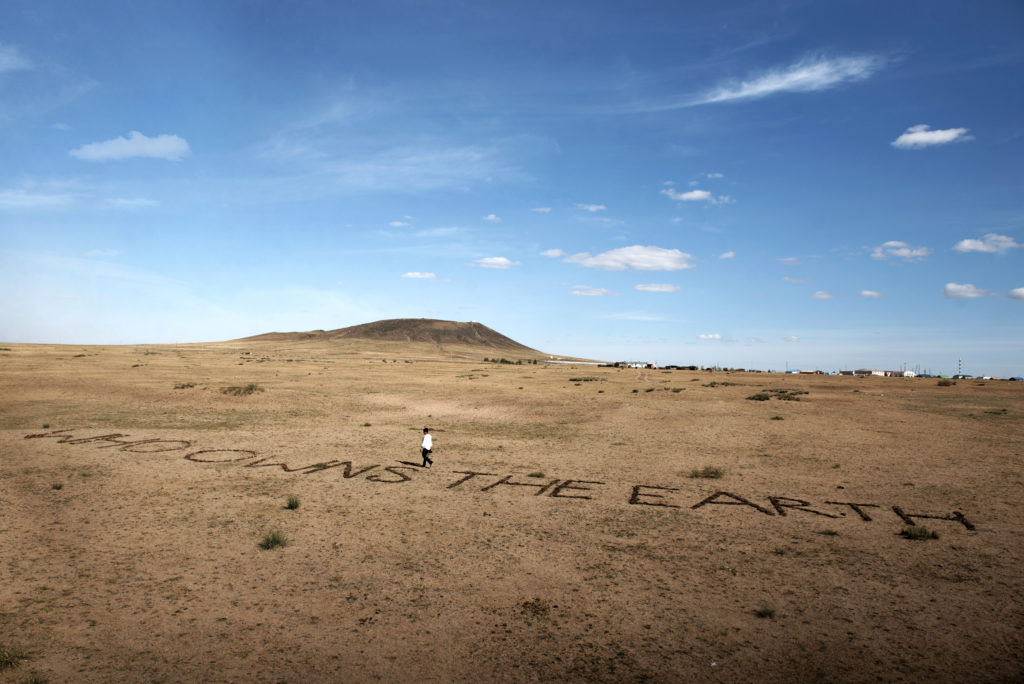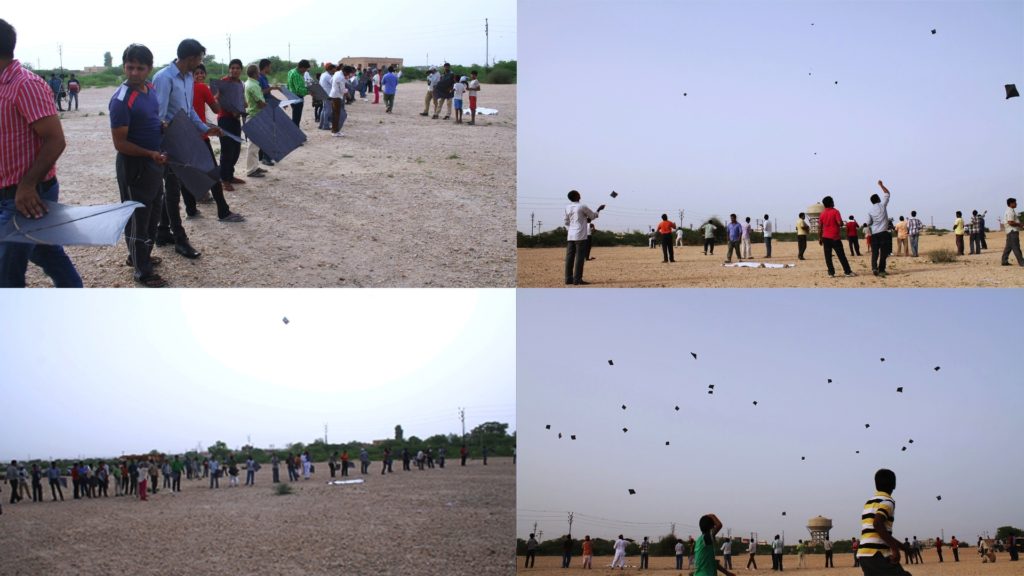
vibhagalhotra.com/index.php/works/
Watch: שיחה עם העמיתה ויבהא גאלהותרה, המועמדת טרייסי רייס, ועמית לשעבר דווידסון נוריס, בפיקוחה של היועצת רות קאמינגס.
אמנות קונספטואלית
ניו דלהי, הודו )נולדה במקור בקיטהאל, הודו(
Will be working in Jerusalem with מוסללה
Bio:
Vibha Galhotra is a New Delhi-based Indian contemporary visual artist who works with numerous artistic mediums, ranging from sculpture, photography, printmaking, video, installation to drawing and text. The artist often utilizes found and performative objects to create multi-sensory pieces and installations. Her work dwells between belief and reality, public and personal, science and spirituality, and the construction or deconstruction of our socially constructed systems. The tradition-based beliefs about our environment stimulate her to compare the former with the present state of the environment in the age of Anthropocene.
Galhotra was an Asian Cultural Council fellow 2017 in the US, pursuing continual research on belief and reality to intervene on the subject of Anthropocene. She studied art at Kala Bhavan Santiniketan, where she completed her Masters in 2001. A recent awardee of the Rockefeller Foundation Bellagio residency in 2016, Galhotra has been honored with numerous awards over the course of her artistic career including YFLO Woman Achiever of the Year Award in 2015; Inlaks Foundation Fine Arts Award in 2005-06; the National Scholarship from the Human Resource Department, Government of India in 2001-02; and the Artist Under 30 Award, Chandigarh State Lalit Kala Academy Award in 1998.
Her work is inspired by the constant negotiation between humans and the ecosystem, stimulating her to develop her practice through research and intuitive imagination. Through her massive aesthetic works, both in philosophical and structural terms, she tries to redefine her own existence and ownership in a commerce driven world. Consequently, her artistic practice crosses the dimensions of art, ecology, economy, science, spirituality, and activism.
Galhotra’s practice is process oriented and research based with an underlying belief in Yat pinde tad Brahmande – that which is in microcosm is in the macrocosm – or as the Upanishads mention — One is in all, All is in one. What exists in the universe, exists in you and they are inseparable. The five fundamental elements which form the building blocks of the atmosphere exist in each of us; subsequently, the degradation of nature will inevitably imply the degradation of all living beings. As an observer of time, through her practice, she is trying to find a point of mitigation in this fast pace of utopias or imminent dystopias.
Observing through a wider lens, at present, Galhotra is exploring the absurdity of diverse utopias from the capitalist and super power standpoint. She realizes that, as an artist, she has a bigger responsibility as a witness and participant in the haunting landscape of these times. While she acknowledges micro level initiatives, she believes that without active support and understanding at a macro level, all efforts may end up being inconsequential. Through her practice, then, Galhotra explores, dissects, re-examines and re-envisions spaces of coexistence in the so called built and unexplored worlds.
Galhotra’s upcoming project Who Owns the Water? is a participative dinner performance commissioned and hosted by the Asia Society in New York. The project will culminate in a film, which will be an instrumental piece for activating conversations in times that urgently call for climatic redressal, and will premiere at the Asia Society’s inaugural Triennial of Asia in March 2021.
Galhotra’s work is prized in many public collections worldwide including the KNMA (Kiran Nadar Museum of Art), India; Casa Masaccio Arte Contemporanea, Italy; Gates Foundation, USA; Singapore Art Museum, Singapore; Essl Museum, Austria; Devi Art Foundation, India; Casoria Contemporary Art Museum, Italy; Galerie Gut Gasteil (an open-air art museum), Austria; Saga Art College, Japan; Europas Parkas, Lithuania; 21c Museum, USA; ABC Gallery, India; Margulies Collection, USA; Pizzuti Collection, USA; Seattle Art Museum, USA; Haryana Cultural Affairs Department, India; and the Consulate General of the United States, India.



